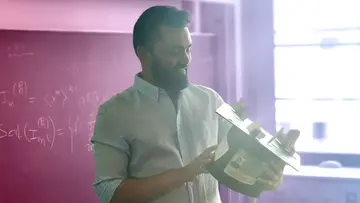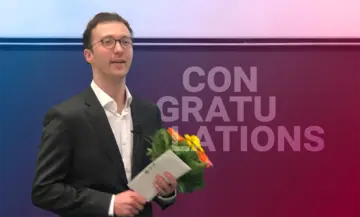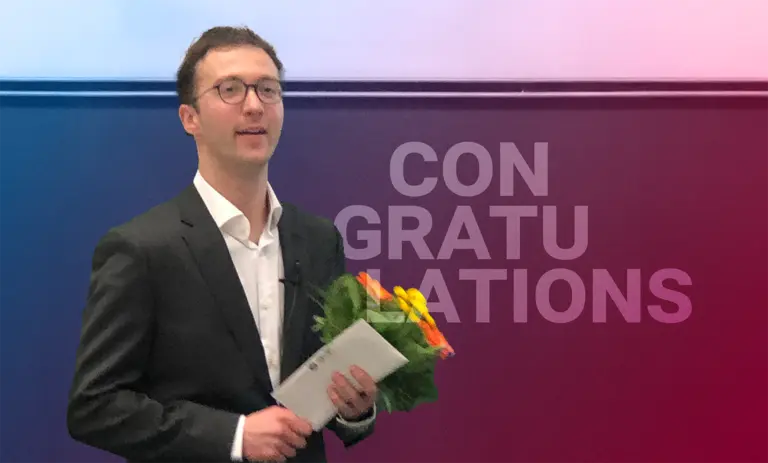
Building Bridges Between Mathematics and the Life Sciences
Published April 22, 2025
We congratulate Giulio Zucal on successfully defending his PhD thesis, in which he presents cutting-edge tools to explore the structure and underlying geometry of networks. Now a postdoctoral fellow in the ELBE program, he continues to investigate the connection between mathematics and the life sciences.
A comprehensive understanding of many scientific phenomena requires insight into the interplay between continuous and discrete mathematical structures and models. In his research, Giulio Zucal develops rigorous frameworks that bridge these both domains and their applications to biology and data science. By combining expertise in network geometry and stochastic dynamics, he investigates how the structure of hypergraphs and randomness affect coupled dynamical processes on networks. He uses techniques from analysis, probability, combinatorics and geometry.
Giulio was born in Trento, a charming town in the Italian Alps. His academic journey began with a Bachelor's degree in Mathematics at the University of Trento, followed by an exchange semester at the University of Groningen in the Netherlands. He pursued a research-oriented master's degree at the Technical University of Munich, before moving to Leipzig in October 2021 to undertake his PhD at our Max Planck Institute.
He has recently started as an ELBE postdoctoral fellow between the Max Planck Institute of Cell Biology and Genetics and the Max Planck Institute for the Physics of Complex Systems in Dresden exploring the connection between Mathematics and the life sciences.
Giulio's PhD dissertation tackled some of the most challenging problems at the intersection of mathematics and network science. He developed rigorous mathematical tools to study the structure and underlying geometry of networks, using a combination of continuous and discrete methods. His research spans several key areas: spectral graph theory, discrete Ricci curvatures, and graph/hypergraph limit theory.
This is how he summarizes his key contributions:
“First, we advance the understanding of the spectrum and eigenfunctions of the non-backtracking Laplacian, a recently introduced Laplace operator for graphs that is related to non-backtracking random walks. Second, we address the problem of constructing graphs with a specified discrete Ricci curvature and explore the space of such graphs. In particular, we derive a finite set of rewiring moves that connects the space of all graphs with a given Forman-Ricci curvature and degree sequence.
Finally, as the main mathematical contribution, we extend graph limit theory by developing new notions of convergence and limits for sequences of graphs and generalizations. Specifically, we study two concepts of edge-decorated graph limits, probability graphons and P-variables, showing several properties of these objects and proving the equivalence of these two frameworks. Additionally, we develop limit theories for hypergraphs, higher-order generalizations of graphs, and analyze their properties. “
We wish Giulio the best of success and good luck in his future career and research!
Scientific Contact
Giulio Zucal
Editorial Contact
More Information
-
Giulios's personal website
Giulios' personal website
-
www.mpi-cbg.de
Research Group “Mathematical Structures and Applications” at the Max Planck Institute of Molecular Cell Biology and Genetics
-
www.pks.mpg.de
Research Group “Biological Physics” at the Max Planck Institute for the Physics of Complex Systems
-
www.csbdresden.de
Information on the ELBE Postdoctoral Fellows Program
Related Content

Young Talent Award for Laura Casabella Young Talent Award for Laura Casabella
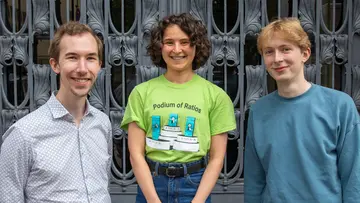
Meet Our New PhD Representatives Meet Our New PhD Representatives
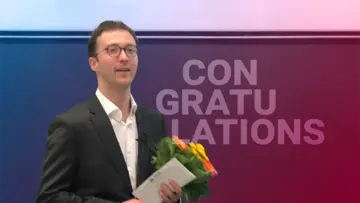
Building Bridges Between Mathematics and the Life Sciences Building Bridges Between Mathematics and the Life Sciences
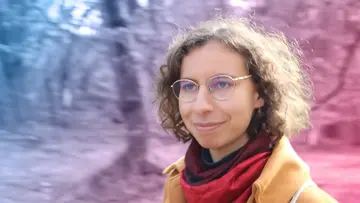
Exploring Metaphors and Shaping Social Transformation Exploring Metaphors and Shaping Social Transformation
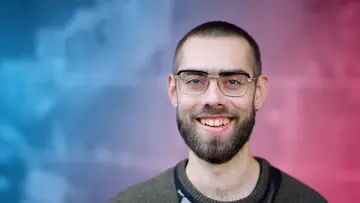
Congrats to Johannes Müller on His Dissertation and New Role at RWTH Aachen Congrats to Johannes Müller on His Dissertation and New Role at RWTH Aachen
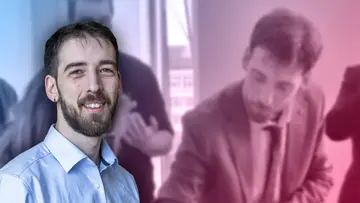
Congratulations to Fabio Di Nocera Congratulations to Fabio Di Nocera
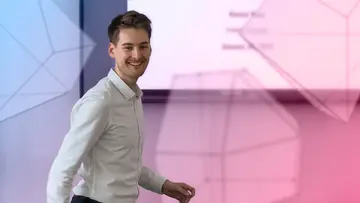
Successful Dissertation on Systems of Polynomial Equations Successful Dissertation on Systems of Polynomial Equations
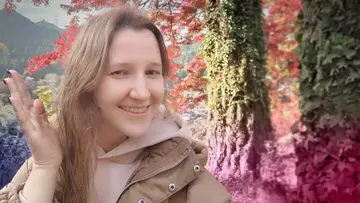
Exploring Complexity – Hanna Tseran's PhD Thesis on Deep Maxout Neural Networks Exploring Complexity – Hanna Tseran's PhD Thesis on Deep Maxout Neural Networks
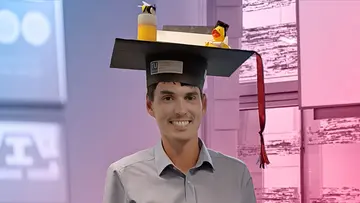
Markus Tempelmayr Examines Regularity Structures in Doctoral Thesis Markus Tempelmayr Examines Regularity Structures in Doctoral Thesis
